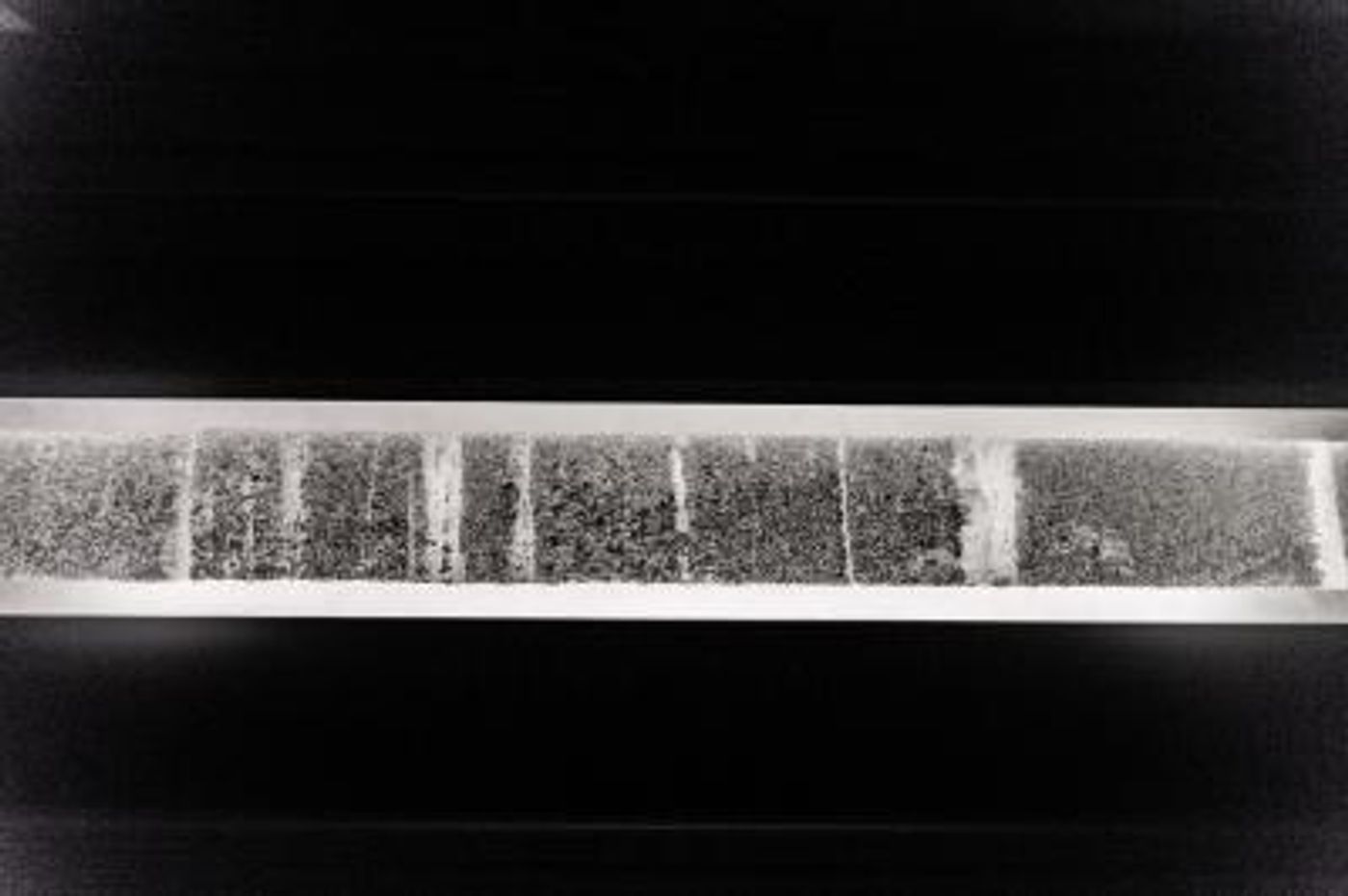Melt Rate in Western Greenland is the Fastest It's Been in Centuries
Western Greenland is melting, and the rate has sped up dramatically in the last twenty years, reported researchers at Dartmouth College. They found that since the early 1990s, the melt in West Greenland has been at the highest level in at least 450 years. The accompanying long-term trend of warming is outside of normal variations in atmospheric and oceanic conditions. The scientists have suggested that greenhouse gases emitted from human activities are probably driving this change.
"We see that West Greenland melt really started accelerating about twenty years ago," said Erich Osterberg, assistant professor of earth sciences at Dartmouth and the lead scientist on the project. "Our study shows that the rapid rise in West Greenland melt is a combination of specific weather patterns and an additional long-term warming trend over the last century."
Greenland could be a significant contributor to a rise in sea levels. While some of it comes from calving glaciers, the majority of ice lost has been from surface melt. Satellites and models have characterized much of this loss, with few direct measurements having been made. This study aims to change that; scientists collected ice core samples from seven places in the so-called percolation zone on the West Greenland Ice Sheet.
When snow melts on the surface of these ice sheets, the meltwater runs into deeper snow below where it refreezes into layers. These layers can help the researchers see how much melt has happened; thicker layers indicate more melting, for example.
"Most ice cores are collected from the middle of the ice sheet where it rarely ever melts, or on the ice sheet edge where the meltwater flows into the ocean. We focused on the percolation zone because that's where we find the best record of Greenland melt going back through time in the form of the refrozen ice layers," said lead study author Karina Graeter, a graduate student in Dartmouth's Department of Earth Sciences.
The collected cores were taken back to Dartmouth for analysis. The team determined that beginning in the 1990s, melting became more frequent; the levels have not been seen since 1550 CE.
"The ice core record ends about 450 years ago, so the modern melt rates in these cores are the highest of the whole record that we can see," noted Osterberg. "The advantage of the ice cores is that they show us just how unusual it is for Greenland to be melting this fast."
There is already an established connection between temperatures in the North Atlantic Ocean, shifts in Greenland melt, and high-pressure weather systems above Greenland in the summer time. This work extends that record to show that these connections have been in place since at least 1870.
"Cooler North Atlantic ocean temperatures and less summer blocking activity might slow down Greenland melt for a few years or even a couple decades, but it would not help us in the long run," said Osterberg. "Beyond a few decades, Greenland melting will almost certainly increase and raise sea level as long as we continue to emit greenhouse gases."
Sources: AAAS/Eurekalert! Via Dartmouth College, Geophysical Research Letters









